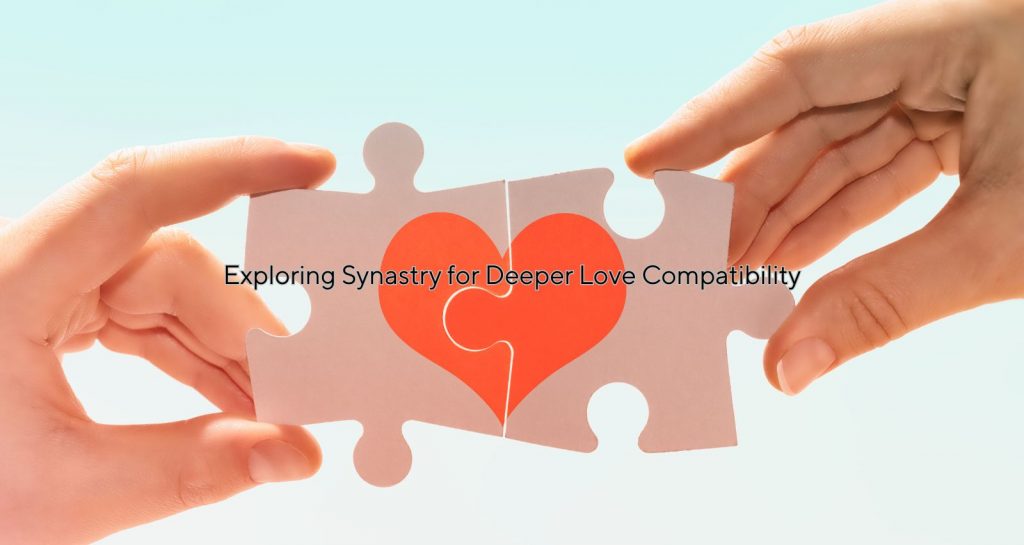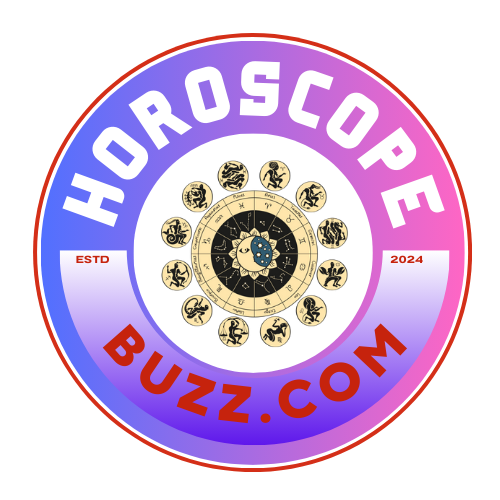
Love Compatibility Beyond Sun Signs: A Guide to Synastry
Introduction
When it comes to love and relationships, most people turn to their Sun signs for compatibility insights. While Sun sign astrology can offer a general overview, true astrological compatibility runs much deeper. Synastry, the study of how two birth charts interact, provides a more nuanced and personalized understanding of romantic dynamics.
1. What is Synastry?
Synastry is a branch of astrology that compares two individuals’ natal charts to assess compatibility. Unlike Sun sign compatibility, which only considers one placement, synastry examines:
- Planetary interactions (how one person’s planets affect another’s)
- House overlays (which areas of life are activated in the relationship)
- Aspect patterns (harmonious or challenging connections between planets)
By analyzing these factors, synastry reveals the strengths, challenges, and karmic lessons within a relationship.
2. Key Components of Synastry
A. Planetary Aspects: The Cosmic Conversations
Planetary aspects in synastry describe how two people’s energies interact. The most important planets to consider are:
- Sun & Moon: Emotional and ego compatibility
- Venus & Mars: Romantic and sexual chemistry
- Mercury: Communication style
- Saturn: Long-term stability and lessons
- Pluto: Transformational and intense bonds
Major Aspects in Synastry:
- Conjunction (0°) – Strong, fused energy; can be harmonious or overwhelming.
- Trine (120°) – Natural ease and flow between planets.
- Sextile (60°) – Supportive and cooperative energy.
- Square (90°) – Tension that requires growth.
- Opposition (180°) – Polarization that can create attraction or conflict.
Example: If one person’s Venus trines another’s Mars, there’s effortless romantic and sexual chemistry. But if Saturn squares Venus, the relationship may face delays or restrictions.
B. House Overlays: Where the Relationship Lives
When one person’s planet falls into another’s house, it activates that area of life. Key overlays include:
- 7th House (Partnerships): Planets here emphasize commitment.
- 5th House (Romance & Fun): Enhances playful, passionate connections.
- 8th House (Intimacy & Transformation): Deep, soulful, or obsessive bonds.
- 4th House (Home & Family): Indicates domestic compatibility.
Example: If your partner’s Moon lands in your 4th house, you may feel emotionally at home with them.
C. Elemental & Modal Balance
- Elements (Fire, Earth, Air, Water): A balance ensures harmony. Too much of one element can create imbalance (e.g., all Water signs may lead to emotional overwhelm).
- Modalities (Cardinal, Fixed, Mutable): Cardinal signs initiate, Fixed signs stabilize, and Mutable signs adapt. A mix can create dynamic energy.
3. The Most Important Synastry Connections
A. Sun-Moon Connections
- Sun conjunct Moon: Strong emotional recognition.
- Sun trine/sextile Moon: Natural understanding.
- Sun square/opposite Moon: Emotional clashes that require compromise.
B. Venus-Mars Aspects (Romantic & Sexual Chemistry)
- Venus conjunct Mars: Intense attraction.
- Venus square Mars: Passionate but conflicting desires.
- Venus trine/sextile Mars: Effortless romance.
C. Moon Connections (Emotional Bonding)
- Moon conjunct Moon: Deep emotional mirroring.
- Moon trine Venus: Comfort and affection.
- Moon opposite Saturn: Emotional distance or responsibility.
D. Saturn Aspects (Karmic Lessons & Longevity)
- Saturn conjunct Venus: Serious commitment or restrictions.
- Saturn trine Moon: Stable emotional foundation.
- Saturn square Sun: Power struggles that require maturity.
E. Pluto Aspects (Transformational & Intense Bonds)
- Pluto conjunct Venus/Mars: Obsessive, all-consuming love.
- Pluto square Moon: Emotional power struggles.
4. Red Flags & Challenges in Synastry
Not all difficult aspects are deal-breakers, but some may require extra work:
- Multiple Saturn squares/oppositions: Heavy restrictions or delays.
- Mars square Pluto: Power struggles or explosive conflicts.
- Moon opposite Moon: Emotional misalignment.
- Venus square Saturn: Love feels blocked or duty-bound.
5. Case Study: A Synastry Example
Couple: Person A (Leo Sun, Cancer Moon) & Person B (Aquarius Sun, Scorpio Moon)
- Sun opposite Sun: Attraction through differences but potential ego clashes.
- Moon trine Moon: Strong emotional understanding.
- Person A’s Venus in Gemini sextile Person B’s Mars in Libra: Flirty, intellectual chemistry.
- Person B’s Pluto conjunct Person A’s Moon: Deep emotional transformation (can be intense).
Verdict: A dynamic, emotionally deep relationship with some polarity challenges.
6. Beyond Synastry: Composite Charts & Relationship Timings
- Composite Chart: The relationship’s own “birth chart,” showing its purpose.
- Transits & Progressions: Timing major relationship phases (e.g., Saturn Return tests commitment).
Conclusion
Synastry offers a profound way to understand love beyond Sun signs. While no relationship is perfect, analyzing planetary interactions helps identify strengths, growth areas, and karmic lessons. Whether you’re exploring a new romance or deepening a long-term partnership, synastry provides invaluable insights into the cosmic dance of love.
